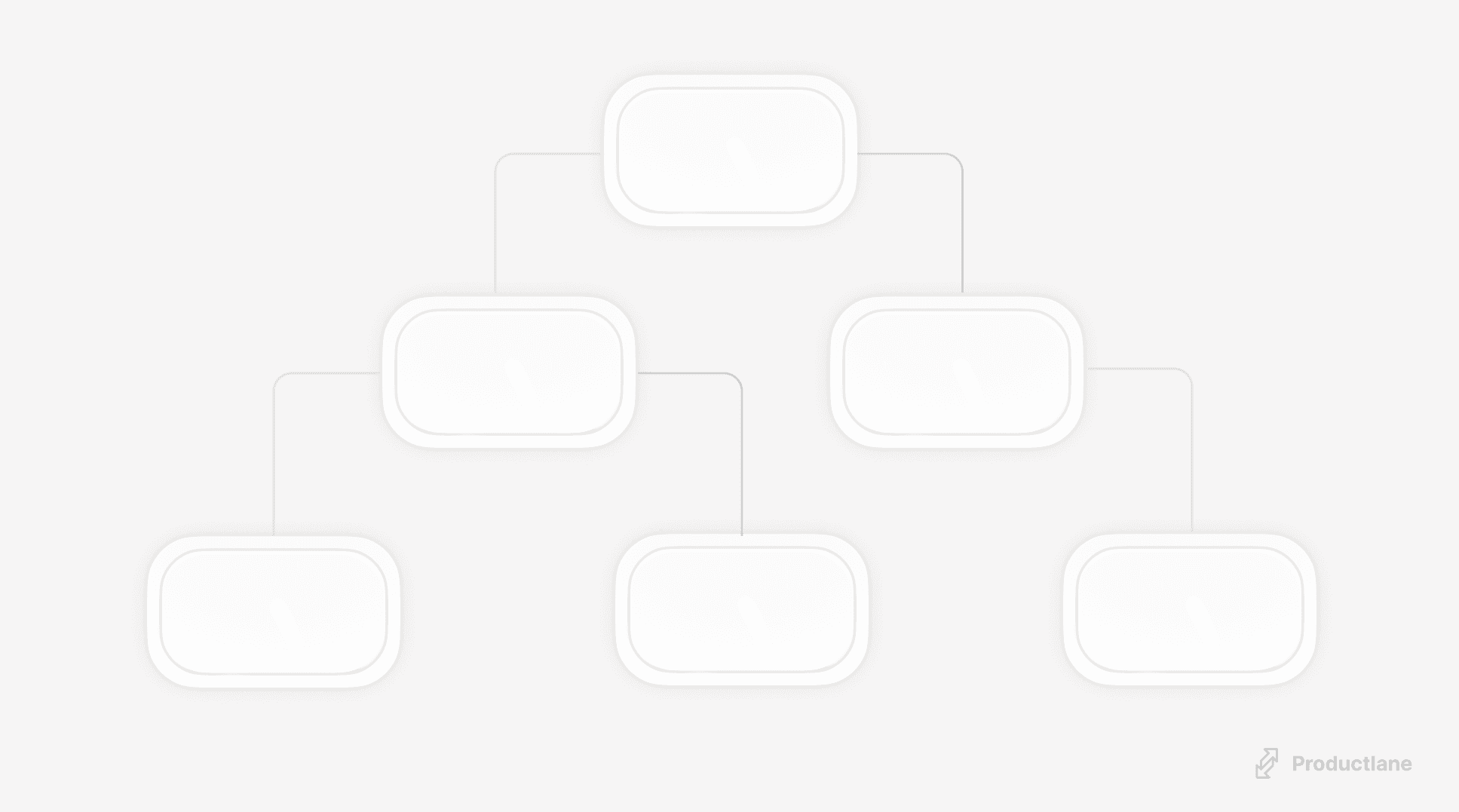The best prioritization framework for startups in 2024
The best prioritization framework for startups in 2024

Andrea Ramsbacher
Growth Manager
Jan 30, 2024
6m
Deciding what to work on for a product is much more than putting features in order. It also means managing what everyone wants and thinks. Imagine yourself leading a project where some people want to improve the user interface, while others think you should add a new feature. Which method or criteria are you going to base your decision on?
That is where prioritization frameworks enter into play. However, there exists a ton of prioritization frameworks, and big companies' strategies might not be the best for startups. Because they can’t afford to waste time and just have to act quickly.
In this article, we’ve therefore spent some time analyzing what others are doing (you can find more information in this article), listed the most popular product prioritization frameworks, and shared the favorite approach of the top 1% of software startups: prioritization through real user input.
Why is a Prioritization Framework so Important?
A prioritization framework basically helps you make smart choices for your product based on certain criteria, like what customers want, how much work things need, and how it fits the company's plans.
Your product managers play a critical role in this prioritization process. They link the product's goals to the company's overall plans, sort out and check possible features. One important thing to note: your product managers should always prioritize opportunities (not solutions), that is, the problems you solve for your customers. So, a good prioritization framework is essential for you because it helps you choose wisely what your customers need the most. Especially when you start creating a product.
Exploring the Most Popular Prioritization Frameworks
As mentioned earlier, many product prioritization frameworks are designed to streamline decision-making processes on product development. Below, we’ve listed the most popular prioritization frameworks traditionally used by big companies:
MOSCOW Method
The MOSCOW prioritization framework categorizes features based on their criticality. This allows product managers to focus on the most crucial elements of a product - must-haves, should-haves, could-haves, or won't-haves - and prioritizes the development of key functionalities.
KANO Model
The KANO model focuses on understanding customer satisfaction by categorizing features into basic, performance, and excitement attributes. Product managers can identify which potential features excite customers and, therefore, can prioritize them to increase customer loyalty.
RICE and ICE Score
The RICE scoring framework enables product managers to assess the potential impact of each feature by evaluating its reach, impact, confidence, and effort required for their implementation.
Similar to the RICE score, the ICE scoring framework focuses on evaluating the impact, the team’s confidence, and ease of implementing specific features. This will allow them to prioritize features that offer the highest business value with minimal effort.
Cost of Delay
The cost of delay prioritization technique helps teams consider the time-sensitivity of features or initiatives. By assessing the potential costs associated with delaying the implementation of specific features, they can prioritize time-sensitive functionalities, ensuring that the product remains competitive.
Value vs. Effort Matrix
The value vs. effort matrix enables product managers to assess the value of each feature against the effort required for their implementation. By plotting features on a matrix based on these parameters, they can prioritize features that offer the highest value with the least effort, maximizing the impact of each development cycle.
Product Tree
The product tree framework allows product managers to visualize the hierarchical structure of product features and their interdependencies. They can identify the relationships between different elements and prioritize them based on their importance by mapping product features in a tree-like structure.
Agile Prioritization
Very recently, agile prioritization frameworks have also been used to prioritize product features by focusing on adaptability and flexibility criteria. This allows product managers to respond to changing market conditions and customer requirements more quickly and ensures that the product remains competitive.
Story Mapping
Finally, another traditional prioritization framework uses story mapping, which involves the visualization of the user journey and the sequencing of features based on their experience. By organizing features into a narrative that reflects user's interactions with the product, teams focus on features that enhance user experience.
So, Which Framework is the Best?
As you can see, there is a lot of recognized prioritization framework, and choosing the right one might be a bit overwhelming as the choice depends on many factors.
But here's the thing: our job as a product team isn't just about prioritizing solutions. It's about creating value for customers that also benefits the business. And focusing solely on a ranked idea list often misses that mark. That is the problem with the above-mentioned prioritization frameworks.
At Productlane, we quickly realized that, at the end of the day, the common point of all these frameworks was the users’ input. Yes, what our users have to tell is the most important because they always expect features based on their current context or the existing product, not necessarily the one you are planning on developing. That is why we believe the best product prioritization framework is through real user input.
Prioritization Through Real User Input
Companies such as Linear are using a similar approach. And we based our own product discovery platform on it. Thanks to it, you can leverage insights directly from user interviews, feedback, or surveys to connect with opportunities and feature ideas. Over time, you will see that recurring problems will rise to the top of your priority list. In our tool, you can also identify the types of companies requesting features (also known as 'Segments'). This helps recognize specific problems faced by different types of customers, such as an enterprise or an SME, and guides the development of features tailored to their needs.
But be careful: with any method you are using, you should always balance it with your gut feeling and your vision. Just head towards where you see the biggest problem to be solved for the right user. And don’t get us wrong; the more “traditional” prioritization frameworks work perfectly well. But they might not be the most adapted for startups. And as we emphasized, product prioritization is crucial for a product's success because your product managers will make smart decisions, prioritize the best features, and keep the product competitive. The key is finding a balance between what customers want, what's good for the business, and what resources are available. And with prioritization through real user input, you’ll make sure you hit their needs.
Sign up for a free Productlane account here!
You might also like


